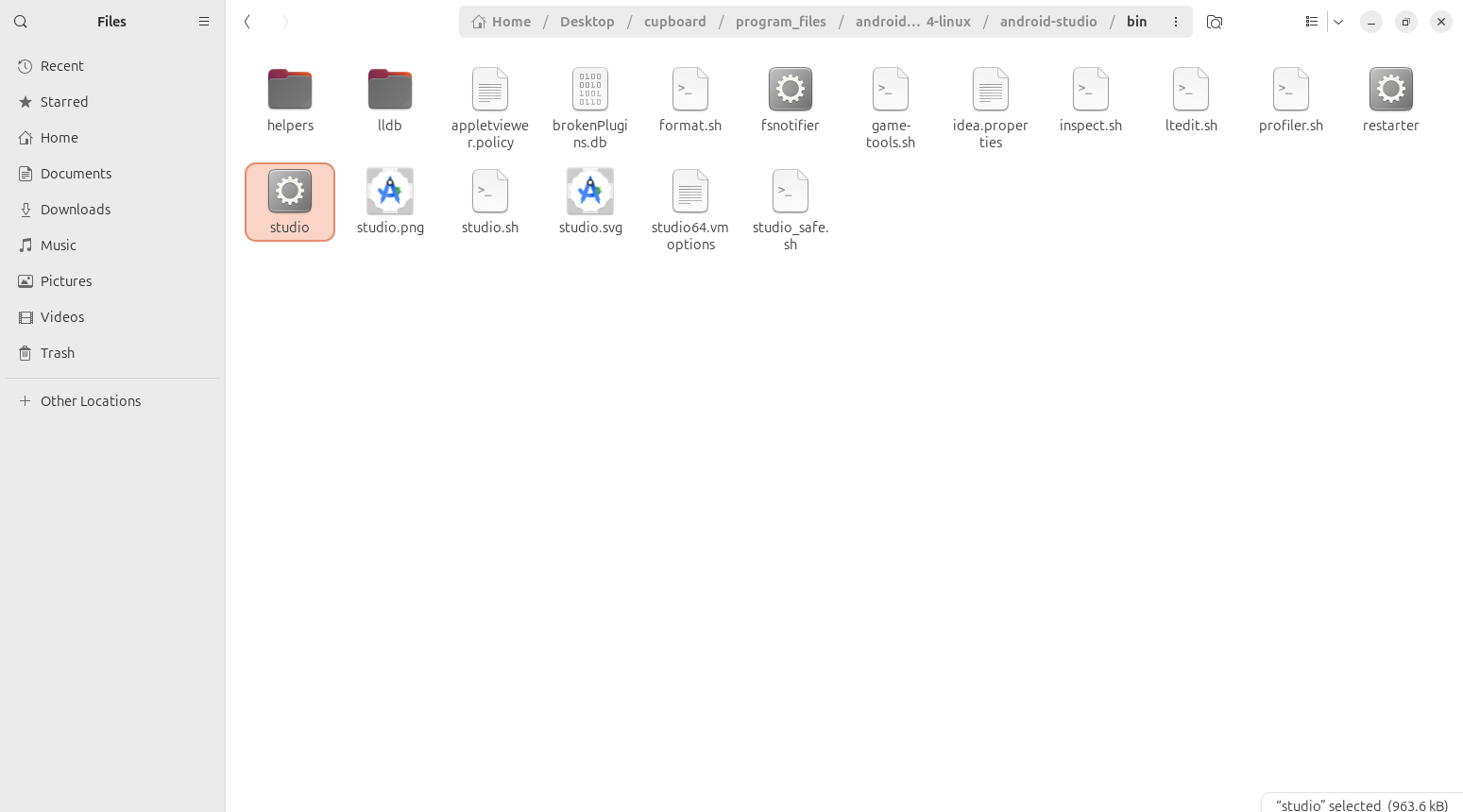The Incredible Story of Rapido: How One Man Turned 75 Rejections into a Rs 9,350 Crore Success!
Ever been stuck in traffic, wishing you could just zip through it? That's exactly the problem Rapido, India's first bike-taxi service, set out to solve. Today, Rapido is a household name, valued at a staggering Rs 9,350 crore, operating in over 100 cities, and downloaded by more than 5 crore users. But behind this massive success is an incredible story of grit, determination, and a whole lot of "no"s.
Meet Pavan Guntupalli, an IIT Kharagpur graduate. You'd think someone from such a prestigious institute would have an easy path to success, right? Think again. Pavan started his career as a software developer at Samsung, but he quickly realized he wanted to tackle "real-world problems," not just write code. This drive led him into the unpredictable world of startups.
Seven Failures and 75 Rejections
Pavan's entrepreneurial journey was anything but smooth. He launched not one, not two, but seven different startups, and every single one of them failed. If that wasn't tough enough, he faced a mind-boggling 75 rejections from investors. Imagine being told "no" 75 times, often with investors "laughing us out of the room," as Pavan himself once admitted. Most people would have given up, but Pavan persisted, believing "one idea would click."
The Traffic Jam That Changed Everything
The breakthrough moment came in 2015, while Pavan was stuck in a notorious Bengaluru traffic jam. He observed how Ola and Uber dominated car taxis, but commuters were still wasting hours in gridlock and paying high fares for short distances. That's when a lightbulb went off: bikes! They were faster, cheaper, and perfect for navigating congested city streets. This simple yet brilliant idea became Rapido.
A Smart Strategy: Going Where Giants Weren't
Unlike the big players like Ola and Uber, who focused on major metro cities, Rapido chose a different path. They launched in smaller cities (Tier-1 and Tier-2) where public transport was limited and people desperately needed affordable ways to get around. Fares started as low as Rs 15, making it super popular among students and working professionals.
Rapido also treated its drivers, whom they called "Captains," with dignity and didn't charge them commission in the early days. This wasn't just about low fares; it was about smart thinking and understanding the unique needs of the Indian market.
The One "Yes" That Mattered
Despite the clear vision, most investors remained skeptical. But in 2016, everything changed. Pawan Munjal, the Chairman and CEO of Hero MotoCorp (a giant in the motorcycle industry), decided to back Rapido. This wasn't just money; it was a stamp of approval that opened the floodgates for more funding.
With new capital, Rapido rapidly expanded from just 400 bikes to Bengaluru, Delhi, and Gurugram, reaching 1.5 lakh users by the end of that year. Today, Rapido isn't just about bikes; it also offers auto and cab services, cementing its place as a major player in India's transport scene.
Pavan Guntupalli's journey is a powerful reminder that success often comes after countless failures. As he wisely puts it, "All it takes is one 'yes' after a hundred 'no's. That's all you need." His story is a testament to the power of conviction, perfect timing, and the sheer refusal to give up.
What is the use of NDK?















